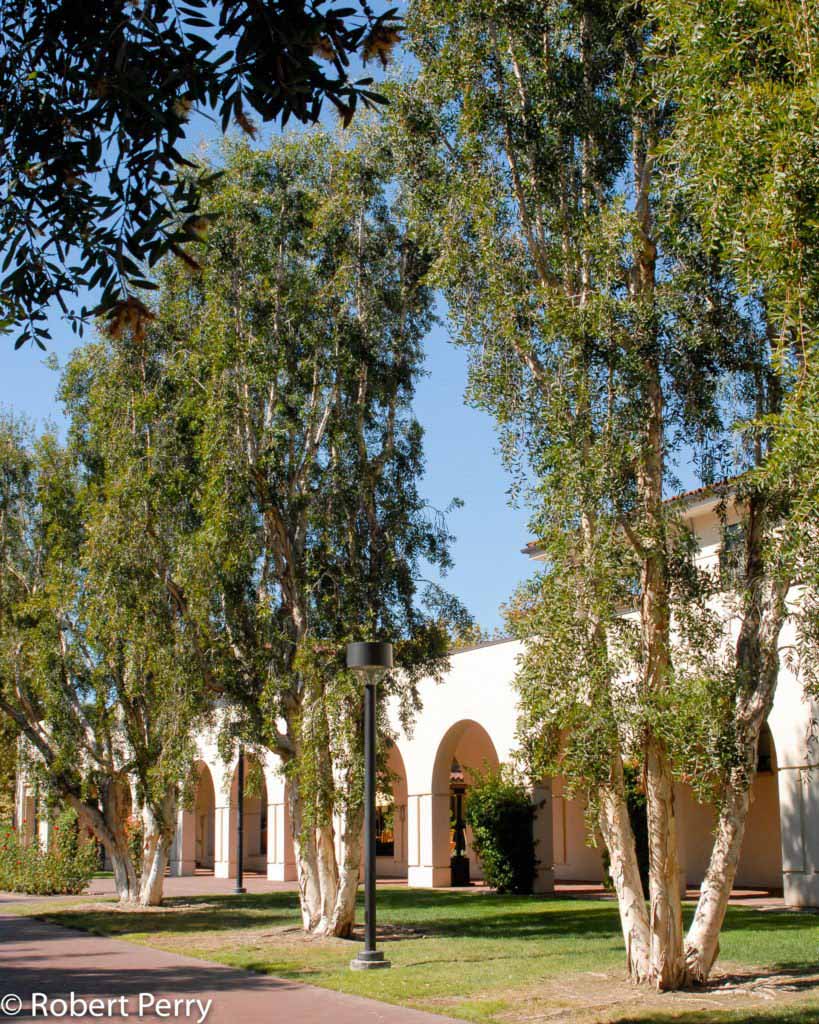Please note:
For most situations, we would not recommend installing this plant in new gardens, landscapes, or plantings in southern California.
This plant profile is included in this site as a reference for two primary reasons:
- If you already have this plant in your landscape, this information can be used to know how to care for it.
- If you already have this plant in your landscape, you can use this information to learn which of our recommended plants have the same recommended watering needs, making them potential choices for grouping together if you will be adding new plants to the existing area.
In general, instead of this plant, we recommend planting appropriate California native plants whenever possible.
In addition to their beauty, California native plants offer the most additional benefits beyond just low water use, including habitat for the birds, butterflies, and pollinators who evolved here with them. This adds value and beauty in your landscape beyond just a pretty plant, allowing the landscape to actively contribute to the environment instead of just using less water. You can find our top recommended native plant choices on our Plant Finder by selecting “California Native” and learn more about California native plants here.
To learn what exactly California native plants are and how they are different from other low water plants, visit this link.
For visual interest or other reasons, some people may also want to mix in other non-native low-water demanding plant choices even though they do not have the same ecological value as native plants. For that reason, we feature a number of non-native waterwise selections on this site as well. However, we see native plants as the best “go to” for most landscape or garden choices! We encourage people to consider planting at least 50% of their landscape to native plants. See our Garden Designs section or visit our Waterwise Demonstration Garden in Montclair for plenty of inspiration.
————————————————————————————————————————————————
The Cajeput tree develops into medium to large evergreen tree with a tall and upright form, 25-40 ft. high, 15-25 ft. wide. Pale green leathery leaves are 2-3 in. long and lance-shaped with a pointed tip; noticeable creamy-white flowers occur in large brush-like clusters at the ends of branches from late summer into fall. Attractive bark is white to tan, and develops into thick spongy layers that can be peeled off like paper.
Native to coastal habitats of eastern Australia, the Cajeput tree is adapted to a wide range of soils including silts, clays, loams as well as seasonal flooding. It grows fast and performs well in narrow spaces between buildings as well as in lawn situations. It is often used as a street tree or in front of building, but is too large of a tree for many spaces in which is is planted, which leads to extreme acts of pruning. In those situations, it is better to plant a smaller tree that can grow to its natural size and require less maintenance. It often develops large surface roots when planted in heavy soils and in areas with surface moisture.




